Photo

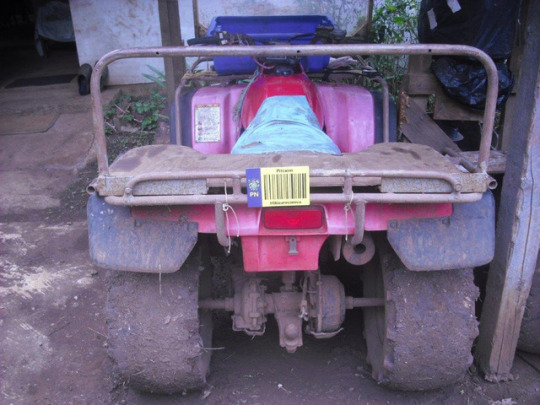



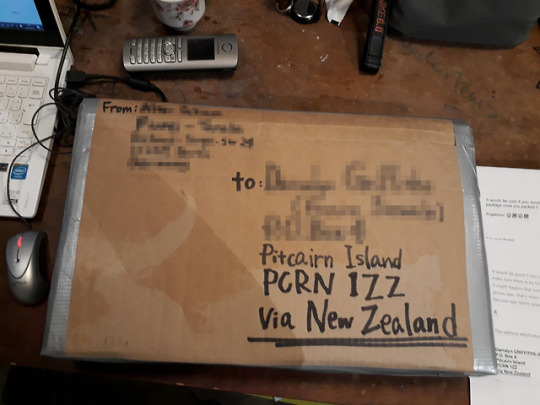



Vehicle registration plates for Pitcairn Island
#Pitcairn#PitcairnIsland#numberplate#licenseplate#british overseas territory#polynesian#tahitian#contemporary art#artproject#islands#languages
0 notes
Photo


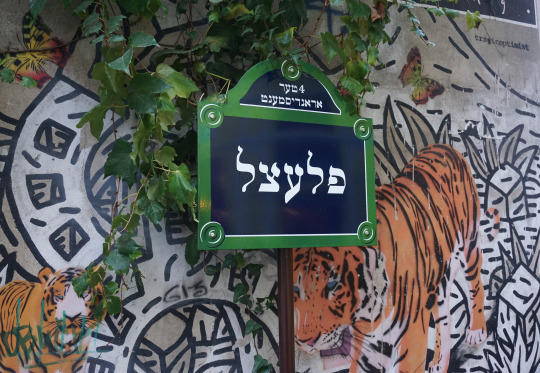
Taborstraße Straßenschild auf Jiddisch / Taborstraße street name sign in Yiddish (2017)
2. Bezirk, Wien / 2. district, Vienna
Pletzl, plaque de nom de rue en yiddish / Pletzl, street name sign in Yiddish (2019)
Pletzl (quartier juif), Le Marais, IVe arrondissement, Paris / Pletzl (Jewish Quarter), Marais, 4th arrondissement Paris
#Taborstraße#Mazzesinsel#Yiddish#Jewish#Hebrew#Wien#Vienna#Austria#Straßenschild#street name sign#שלט רחוב#sebestyén fiumei#leopoldstadt#Pletzl#Paris04#Marais#quartierjuif#JewishQuarter#juif
0 notes
Photo


'Caution! You are now leaving West Jerusalem’ (Yiddish)
2017, Installation
Jerusalem, Israel
© Sebestyén Fiumei
#sebestyén fiumei#jerusalem#שבי פיומאי#art installation#art in public space#israel#yiddish#art#contemporaryart#אומנות#west jerusalem#east jerusalem#green line#הקו הירוק#خط أخضر#mandelbaum gate#שער מנדלבאום#بوابة ماندلباوم#ירושלים#الْقُدْس#mea shearim#מאה שערים#الشيخ جراح#אידיש#יידיש
0 notes
Photo
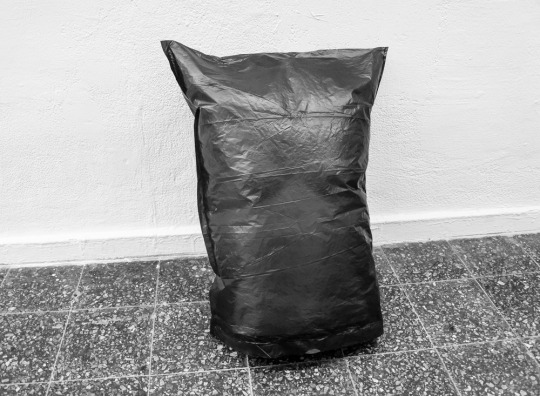
female torso,
at Bezalel Academy of Arts in Jerusalem, 2016
https://youtu.be/1Cpcw5M1ae4
© Sebestyén Fiumei
#בצלאל#אומנות#art#contempraryart#installation#mannequin#torso#bin bag#trash bag#garbage bag#jerusalem#israel#bezalel#שבי פיומאי
0 notes
Photo

Đông Bá Linh
Berlin, Lichtenberg. 2016
© Sebestyén Fiumei
#sebestyén fiumei#contemporary art#art installation#art in public space#kunst im öffentlichen raum#Berlin#Lichtenberg#Ostberlin#Vietnamesisch#tiếng Việt#Bá Linh#Vietnamese#Đức#Nghệ thuật#nghệ thuật đương đại#Kunst
0 notes
Photo
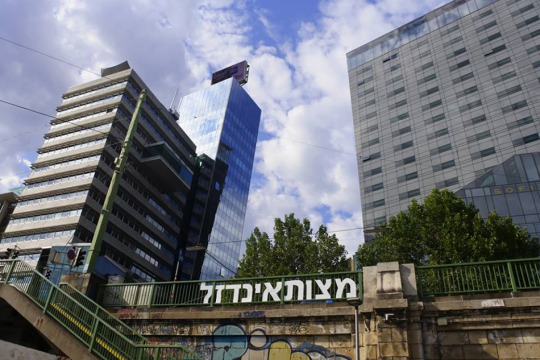
Mazzesinsel (Yiddish: מצותאינדזל) sign in Vienna, Austria.
2016.
© Sebestyén Fiumei
Mazzesinsel, (English: “Matzo Island’) is a vernacular name for the central part of Vienna’s 2nd district. The district's official name is “Leopoldstadt“, cynically named after the the Holy Roman Emperor Leopold I, who in 1669/70 expelled the Jews from the Ghetto which was situated at the same location. Matzo is the unleavened bread baked by Jews for the Pesach (Passover) holiday. Before the rise of Nazism, this area along the Donaukanal was the center of Jewish life in Vienna. Approximately every second inhabitant of the Mazzesinsel was Jewish, they were mostly religious Ashkenazi Jews of Eastern European ancestry. Several important synagogues were located there, including the Schiff Shul, the Leopoldstädter Tempel, the Türkischer Tempel, the Polnische Schul, and the Pazmanitentempel, as well as many yeshivas. None of the synagogues escaped the destruction during the Kristallnacht pogroms of November 1938 following the annexation of Austria by Nazi Germany. The Jewish population was increasingly isolated and terrorised and was finally deported and exterminated in concentration camps such as Auschwitz. The once thriving Jewish communal life was completely destroyed. Only a handful of survivors were able to hide until the end of the WWII, most of them left the country right after the war. Despite the destruction of the European Jews this name is still remembered by a significant proportion of the Viennese population, though with the time its name is slowly fading away. Since the last decades the Jewish population of the 2nd district was able to grow again, mostly because of immigration. Today, many members of the ca. 20′000 stong Viennese Jewish community live there again, even a couple of hundred Orthodox Jewish families. There are also a number of shops and restaurants selling kosher food.
#sebestyén fiumei#mazzesinsel#מצותאינדזל#Vienna#Yiddish#Hebrew#matzo#מצה#מצות#Jewish#Leopoldstadt#Wien#contemporary art#art installation#installation#art in public space#kunst im öffentlichen raum#Schwedenbrücke#Donaukanal#וינה#holocaust#shoa#kristallnacht#judaism#Jews#ashkenazi#שבי פיומאי
3 notes
·
View notes
Photo
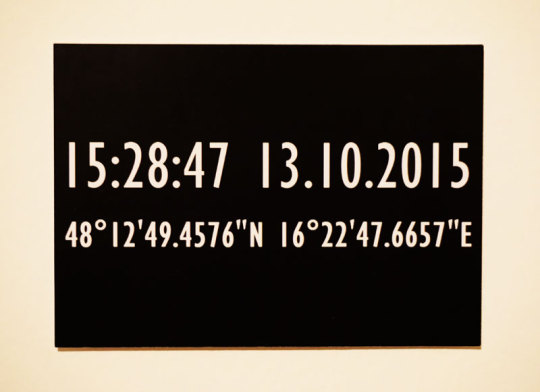
15:28:47 13.10.2015 48°12'49.4576"N 16°22'47.6657"E
With my conceptual artwork, the 15:28:47 13.10.2015 48°12'49.4576"N 16°22'47.6657"E postcard, my main intention was to investigate and thereby to better understand the phenomena of time and space.
I produced a postcard with the precise time and location on the obverse and brief instructions for the receiver on the verso. In the instructions I ask the receiver of the postcard to forward it in an envelope. I launched the forwarding chain by sending the postcard to an acquaintance of mine; on to whom the the respective receiver sends the card is that person's own decision and is not known to me. The idea is that the postcard will unsolicitedly and unexpectedly get to people (but unlike 'spam', it will be sent by a closer or more distant friend) and that the card will circulate eternally around the world.
The data on the front indicate the attempt's temporal and spatial terminus a quo with a conspicuously excessive accuracy. This is counterbalanced by the fact that the time and the sending location were chosen quite randomly. I chose a time when I am usually not busy and a public postbox which I regularly pass by . With this nonchalance I wanted to demonstrate that the starting location and the time were irrelevant prior to the sending. This has fundamentally changed after the postcard was ready and sent. From that point onward these data became unique and relevant; this is the terminus a quo with which the postcard's 'journey' is always going to be correlated, this particular second will always stand out from the seconds before and after it, and this particular spot will always be more special than the spots around it. I consider this as an experiment concerning the process through which time and space become significant. Thus by now the postcard actually became a mobile, self-marking commemorative plaque, freed from its milieu.
The post as an institution enables the card to travel and brings the artwork personally to the people outflanking conventional art institutions such as galleries and museums. This creates an opportunity for a more casual and above all an intimate contemplation of the artwork. The fact that it regularly moves around the world points out an unexpected parallel with the frequent journeys precious and canonized artworks take by peregrinating between collectors and museums. Today one can easily have the – rather erroneous – impression, that artworks which 'are worth' to be taken to different places are the important and valuable ones. Besides the post, my artwork also heavily depends on the kindness of the people who receive the postcard; without their willingness to forward it my project would or will fail.
Every person, every link in the chain has to contribute to this project by forwarding the postcard and devoting their time & the cost of stamp and an envelope. Thus more and more money and effort is "invested" in this artwork by each participant. Presumably, the value of the artwork is increasing with it too. The notion of an artwork's value and appreciation is one of the most puzzling issues in the art world, especially regarding contemporary art. I also consider my work as an attempt to present a traceable value enhancement process. It is important to note that the nature of this work implies that it will not become anyone's property. However, in principle as long as the card is forwarded, its – anticipatedly – continuously growing value will simultaneously resolve into a theoretical one.
The fact that the postcard's front image is a relatively neutral nicht-Bild – a plain image with nothing but white figures on a black background – is crucial in the minimalizing of the aesthetic aspect of the postcard and its cover which otherwise could more likely trigger the receiver's strong distaste or pleasure for it. At the same time this also helps not to distract the viewer's attention from the postcard's broad conceptual theme. The size, material and colours of the card were all intentional choices in order to achieve this neutrality. This conceptual position, which puts the focus from the aestethic to the semantic aspect, from the icon to the index, from the artwork to the message was also expressed by On Kawara, to whose memory I dedicated my postcard (which admittedly ressembles his Today series) . The quasi-déjà-vu I had after finishing my postcard made me glad, also because he is one of those contemporary artists of whom I have early memories which I can recall: ten years before Kawara's death I had the luck to encounter his reading-work (One Million Years) at Trafalgar square as a 12 year old child.
The form of my postcard determines the fact that it can be associated with the mail art movement, yet my delivery's primary aim (as aboved mentioned) is more about the inquiry of time and space. For me using postal art was more like a tool in order to achieve my goal rather than the goal itself. Traditionally in mail art a work is considered art once it is dispatched, I however – just a few hours before reaching the 'deadline' and sending my postcard – presented and exhibited it. It was an essential part of the work, the datas on the observe marked a different location and, more importantly, a future date to which the time was constantly nearing, it felt like as if the time data would create some kind of a still countdown to the sending of the postcard. The continuously diminishing moments generated an exciting contrast with the evermore expanding moments once the defined time was reached. An instant originates from the tensity between the pair of opposites before & after; it dichotomizes the time into past and future.
Will my postcard circulate forever? Time is endless, so there is no chance for that. But my work does defy the infinite. Knowing that the card is possibly on its way from somewhere to somewhere else creates a long-drawn-out excitement in me, which is likely to accompany me until the moment I get to know that the jorney of the postcard – intended to be everlasting –, for whatever reason, came to an end.
Sebestyén Fiumei
2015
© Sebestyén Fiumei
#poscard#contemporary art#conceptual art#on kawara#sebestyén fiumei#art#post#postbox#postal art#london#trafalgar square#河原 温#はがき#現代美術#近代美術と現代美術#שבשטיאן פיומאי
19 notes
·
View notes
Photo

Bliss
Photo-appropriation through pixel transcription
For my project I worked with the most recognised picture in the world of our time, Bliss by Charles O'Rear. This picture’s success and recognition started only a little more than a decade ago, and it became with unparalleled ease and speed the most widespread and most seen picture of our time. This picture is held in the visual memory of most of today’s population. Bliss has become this widely known thanks to a number of characteristic features of our age such as capitalism, globalization, and digital technology. The picture’s rise to fame was ensured when it was chosen by Microsoft as the default background image for its computer operating system XP, which turned out to be an exceptional success in the IT world. At its peak XP was used by more than 80 percent of computer users, and it remained the most widely used operating system until August 2012. This meant that Bliss had been seen by billions from Anchorage to the Galápagos Islands, from Paris to Antananarivo, from Auckland to Pyongyang. The digital format of the photograph made it possible for it to go this viral, but on 8 April 2014 Windows ended support for XP, which meant that the system’s days were numbered. Thus both XP and Bliss are bound to disappear quite soon. This also means that Bliss will disappear from the common visual knowledge of the generations born sometime after 2000 (although it will still be remembered by the older generations, thus creating a difference between these two population groups). Let us imagine, how strange it would be if other well-known – though non-digital – images were to have the same fate: if, for example, for the coming generations the Mona Lisa were no longer the painting which has been seen many times by everyone in several mediums, like books, television, postcards, mugs, etc.). My idea was to take O'Rear’s Bliss out of its context, namely the digital world, in which the image existed until now (albeit the original work was in analogue form), and which is ultimately responsible for the image’s fall into oblivion. I have certainly seen Bliss more times than I can remember, for instance whenever my computer froze for minutes and the only thing I could do is to wait and of course in my boredom stare at this PC wallpaper.
Yet in these cases this image was always in digital form, and I am not sure whether I approached it as a photograph. I saw it, but I did not really contemplate it.
Now, by having the opportunity to see the printed-out picture, we are actually more able to look at it as a picture than ever before. Looking at it gives us an interesting and new experience although we have already ’seen’ this picture many times. It also brings up the question, how do our considerations alter when seeing something we have seen before, but in a different context, in which we did not ’observe’.
So my aim is to try to encourage us not to ’lose’ this picture, which has been for a long time basically a part of our everyday lives, and to preserve it and help its survival. This can be regarded as an experiment as well. Of course, I was also very interested to finally see it outside of and beyond a screen. My work may be seen as a gesture or a tribute to Charles O'Rear, but I have to confess, Bliss is not my favourite piece of photography.
Because I found the terms art forgery, copying, replica, pastiche, authentication, aura, appropriation, distinction very exciting, I decided to re-create Bliss, by copying each digital pixel, one-by-one to a blank file in an image editing software.
Due the huge number of pixels, I knew it was going to be a wearisome and meticulous task, which I welcomed, as I sought to discover parallels between this process and art forging as practised for instance by the forgers in the Chinese city of Dafen. The art forgers might work very hard and with high painting skills, but at the end of each copying process, they they can probably no longer claim the product as their “own”. Although the pictures are created to be genuine copies of artworks, and they mostly are, it is questionable whether the forgers can be considered as artists in what is in effect an industrial-size copying process. If they cannot, does that mean that the creator of an artwork – in this context– does not necessarily have to be an artist? Art without artist – is that a contradiction? Ad absurdum, can the copy, which might not be any different from the original, be of greater artistic value than the original? For example in the case of my work it definitely took a lot more time to make Bliss (because of the technique I chose), than for O'Rear to make his, who probably took the photograph within no more than a few dozen minutes. Can this time/work-factor make the picture or what it depicts more mine than his? Or is it clearly his, simply because he did it first? Or that he did it the proper way? And anyway, can there be one picture, but two artworks? And am I stealing something by doing that? Or while creating a new image, abusing his?
Ps. Due to the tight deadline (or maybe more due to the plethora of pixels) I realised that I would not be ready with my Bliss in time. For this reason I sought some help: I asked some children from a Hungarian village to help me with the copying for some pocket money. Then I finally put all the pixels together.
Sebestyén Fiumei
2014
© Sebestyén Fiumei
#windows xp#bliss#microsoft windows xp#microsoft#microsoft windows#wallpaper#background#xp wallpaper#xp#charles o'rear#sebestyén fiumei#appropriation#appropriation art#appropriationart#photography#pixel#pixel art#pixels#art#contemporary art#Kunst#zeitgenössischekunst#art contemporain#operation system#computer#IT#マイクロソフト#ウィンドウズ エックスピー#שבשטיאן פיומאי
1 note
·
View note
Photo

ANONYMVS
Installation (2013)
© Sebestyén Fiumei
#anonymus#szobor#ligeti miklós#Gesta Hungarorum#III. Béla#jegyző#krónikás#magyar#honfoglalás#Városliget#író#Vajdahunyad vára#vajdahunyadvár#Ferenc József#franz josef#Franz Joseph#anonymous#sebestyén fiumei#budapest#magyarország#Hungary
0 notes
Photo

image search (2014)
© Sebestyén Fiumei
0 notes
Photo
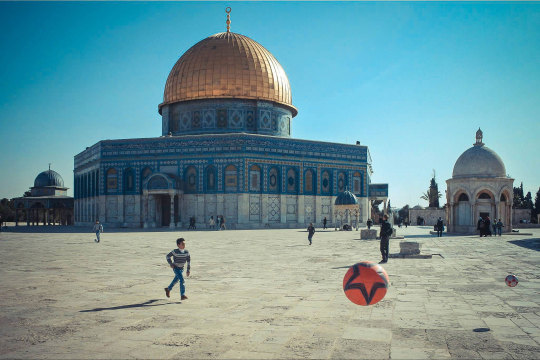
Football on Temple Mount
© Sebestyén Fiumei (2015)
#temple mount#jerusalem#israel#palestine#west bank#الحرم الشريف#dome of the rock#הר הבית#قبة الصخرة#כיפת הסלע#mosque#islam#muslim#football#soccer#children#Arabic#Arab#Judaism#Binding of Isaac#Temple#Messiah#muhammad#העיר העתיקה#Երուսաղ��մի հին քաղաք#البلدة القديمة#old city of jerusalem#القُدس#ירושלים#Иерусалим
2 notes
·
View notes
Photo

Casa Tranzit
© Sebestyén Fiumei
#Casa Tranzit#Tranzit House#cluj-napoca#clujnapoca#kolozsvár#cluj#synagogue#jewish#art#contemporary art#sebestyén fiumei#Poalei Tzedek#Klausenburg
0 notes
Photo

The Wall (2012)
© Sebestyén Fiumei
#Israel#Palestine#West Bank#Jerusalem#separation wall#separation#security#barrier#holyland#kotel#Western Wall#wailing wall#ישראל#إسرائيل#فلسطين#القدس#ירושלים#sebestyén fiumei#art#contemporary art#occupation#praying#judaism#religion#jewish#arab#שבי פיומאי
1 note
·
View note
Photo
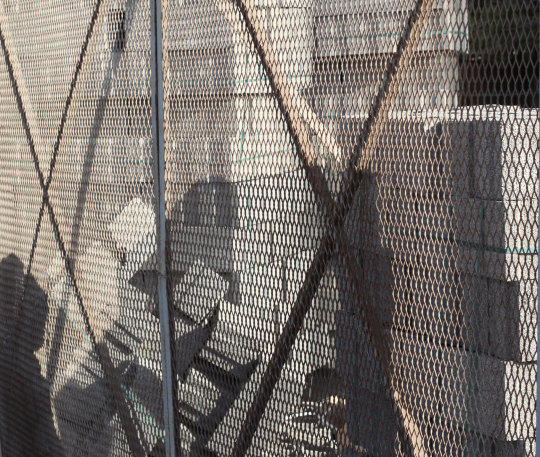
Casablanca, Morocco (2015)
© Sebestyén Fiumei
#casablanca#morocco#photography#construction#build#fence#grid#brick#photograph#ytong#Autoclaved aerated concrete
1 note
·
View note
Photo
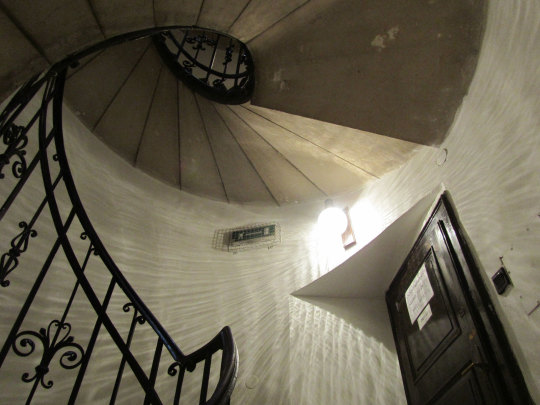
staircase (2014)
© Sebestyén Fiumei
#budapest#lépcsőház#szent istván bazilika#st. stephen's basilica#magyarország#hungary#korlát#csigalépcső#photography#sebestyén fiumei
0 notes
Photo

Lehmann’s dog (2012)
© Sebestyén Fiumei
#budapest#dog#kutya#óbuda#Lehmann Pékség és Serfőzde#pékség#sör#Aranyhegyi Barna#Arany-hegy#bolt#magyarország#hungary#hund#chien#broken glass#photography#sebestyén fiumei
0 notes
Photo

Kozma utcai izraelita temető (Kozma Street Israelite Cemetery) 2012
© Sebestyén Fiumei
#Kozma utcai izraelita temető#cemetery#jewish#jewish cemetery#zsidó temető#zsidó#Budapest#Magyarország#Hungary#Kozma utca#kőbánya#új köztemető#rákoskeresztúr#bicycle wheel#rim#bicycle#roue de bicyclette#fahrrad rad#wheel#rad#kerék#kerékpár#rozsda#rozsdás#photography#trees#sebestyén fiumei#szemét
0 notes